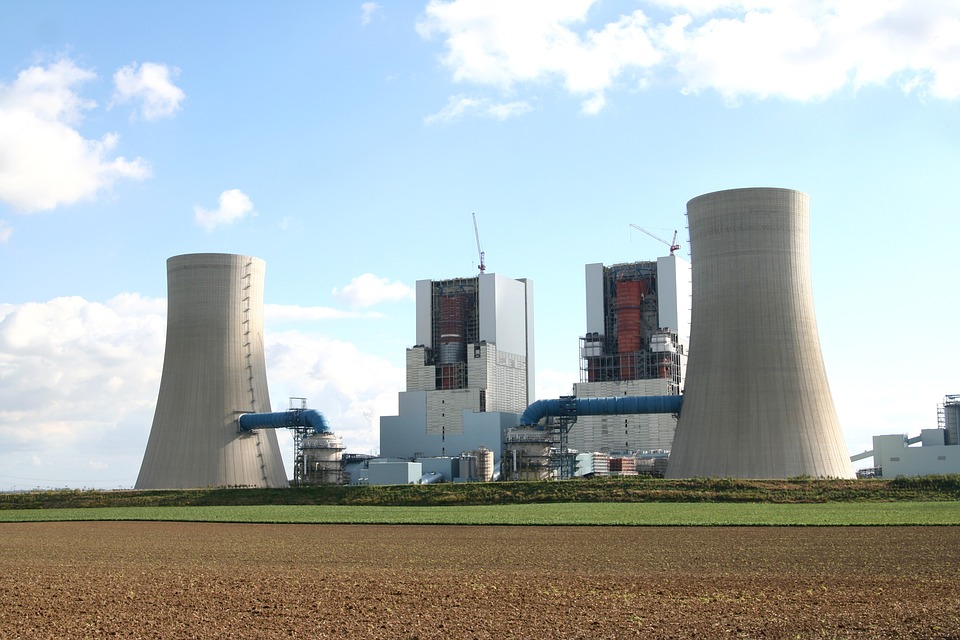Cooling towers are commonly associated with the massive stacks that identify nuclear power plants. They can be operated everywhere, and they are available in a variety of shapes, sizes for various industries. Now, let us discuss how cooling towers operate and where we can find them across the automation industry.

Cooling Towers:
Cooling towers help to remove byproduct heat from industrial facilities and push it into the atmosphere. Several plants in the industry will use heat widely in the operations, and this heat must be removed. It is highly difficult that nobody wants to work in a factory that routinely gets up to 500 degrees Fahrenheit.
Working of cooling towers:
They typically either push this heat directly into their air or use water to initially start the cooling then allow the steam to get through the towers. The method used is determined principally by the nature of the facility.
These kinds of towers may be most commonly associated with the large smokestacks of big factories, refineries, plants. They actually appear in a variety of shapes and sizes. Cooling towers have more functionality, and they can range anywhere from a small vent at the top of a one-room building to massive structures associated with the aforementioned nuclear power.
Cooling towers play a vital role in any industry as heat is presented at most processing facilities. This may be intended or as a byproduct of normal operations (machinery heating as it creates or refines products). This is not considerably different from the heat that is given off by your desktop or laptop computer as you read this article, only on a much larger scale.
Myths surrounding cooling towers:
These towers are used by many companies that pollute the environment; it would be unfair to associate cooling towers directly with pollution. While many facilities do jet out harmful and polluted waste products through large smokestacks that can hurt air quality and possibly even contribute to global warming (depending on one’s political beliefs on that issue), the concept of a cooling tower is based solely on removing heat. As a general rule, steam jetted into the atmosphere is not harmful to the environment. It quickly cools to normal temperature as disperses and only rejoins the water cycle. If other harmful byproducts are included or survive into the cooling process and make their way into the atmosphere via the cooling tower, this falls on the company doing the cooling, not on the technology behind the cooling tower itself. It is significant to understand that the presence of a cooling tower is not equivalent to poor air quality, that lies primarily in what industry the facility participates in and how it goes about its own operations.
